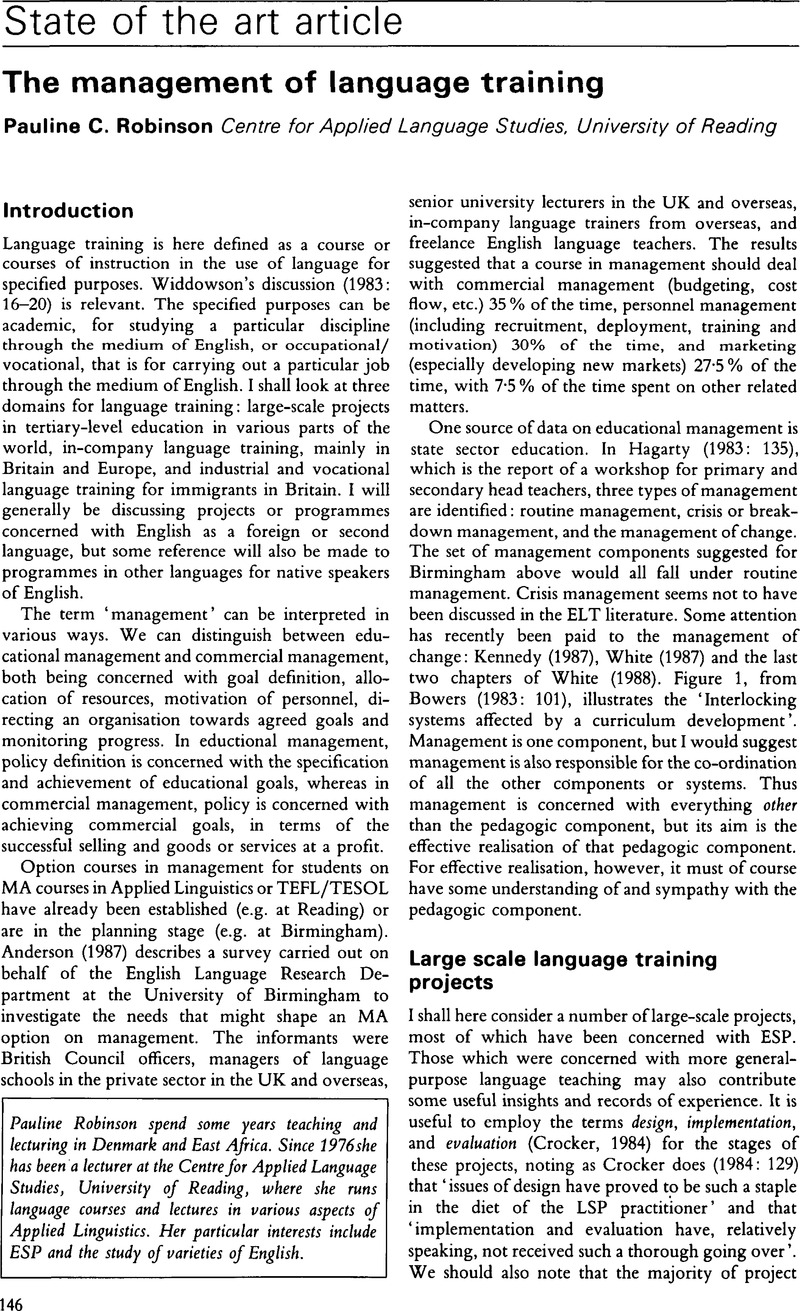Crossref Citations
This article has been cited by the following publications. This list is generated based on data provided by Crossref.
Chambers, Fred
1994.
Removing confusion about formative and summative evaluation: Purpose versus time.
Evaluation and Program Planning,
Vol. 17,
Issue. 1,
p.
9.
Holliday, Adrian
1995.
Assessing language needs within an institutional context: An ethnographic approach.
English for Specific Purposes,
Vol. 14,
Issue. 2,
p.
115.
Boettcher, Cynthia
Hammer, Janet
and
Sonnenburg, Sunni
2015.
Teaching at Work.
p.
105.


